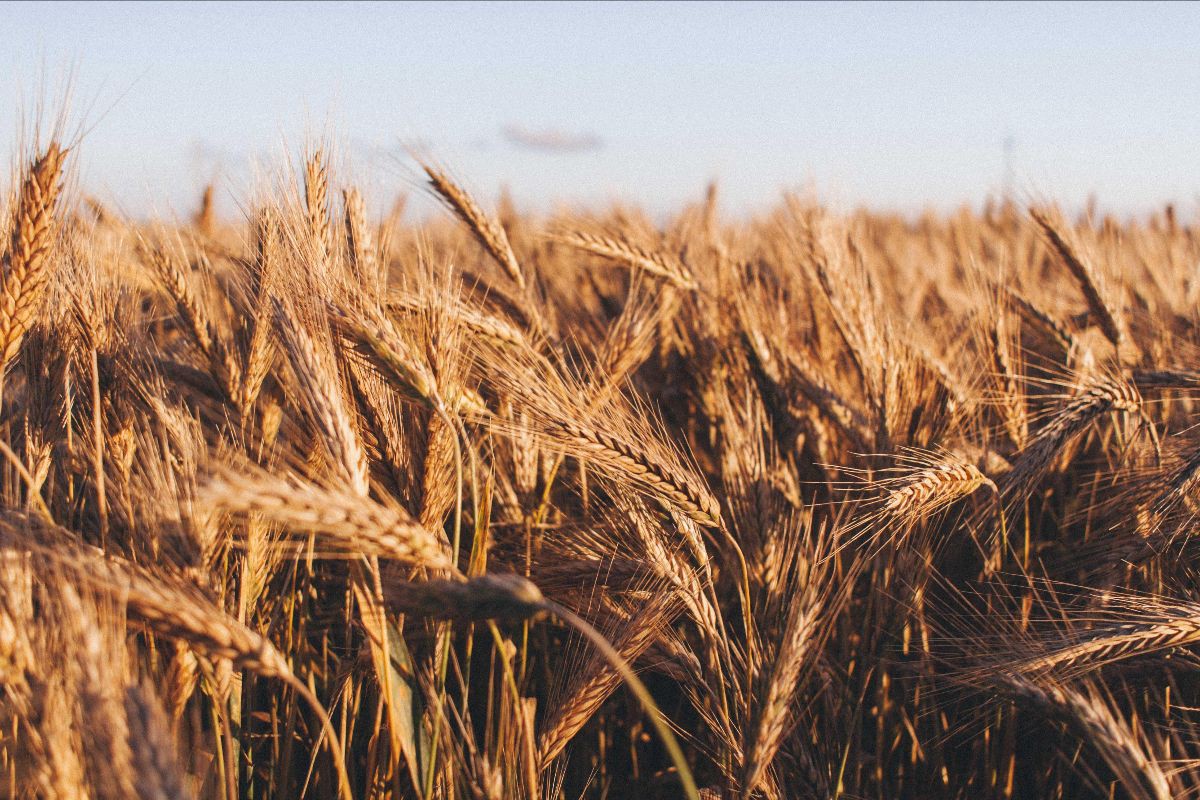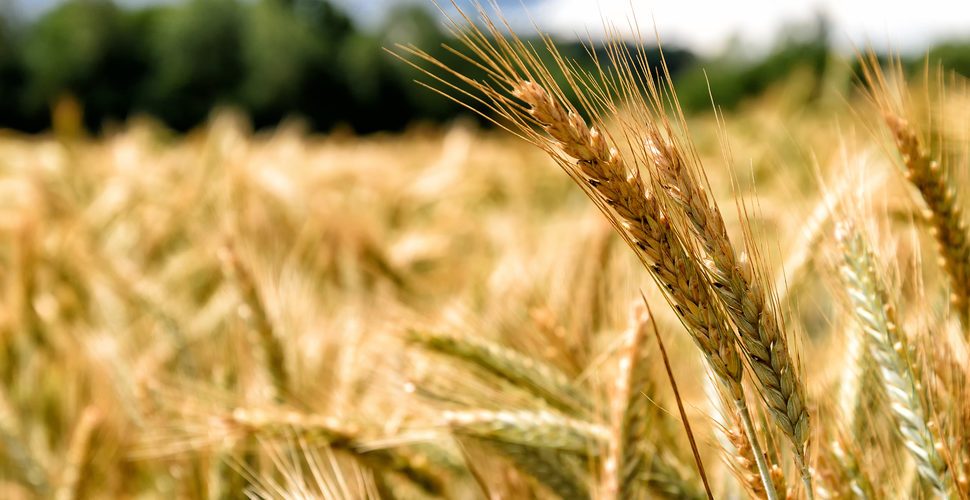Make Your Money Grow in the Grain Markets
Aug 17, 2022 By Susan Kelly
Wheat, corn, and soybean supply and demand are influenced by several factors, including temperature, precipitation, and the preferences of consumers. Grain futures are crucial for stabilizing volatile agricultural commodity markets and setting worldwide pricing standards in the face of all these developments. Continue reading to gain insight into the seven staples sold in the world's grain exchanges.
How Do Grain Futures Work?
Investors in grain futures should be aware of this market's high potential for loss. Not everyone should put their money into this. Only risk money should be employed, as an investor's losses might exceed their initial investment. A person's risk capital is the sum of money they feel comfortable investing and would not suffer a material hardship without.
Delivery of grain at a specific future date and price is the subject of a grain futures contract, which is a legally binding agreement. A futures exchange sets uniform parameters for the contracts' amount, quality, timing, and delivery location. The only variable is the cost.
Pros of Using Futures Contracts

Futures contracts, traded at the Chicago Board of Trade (CBOT), provide greater financial leverage, flexibility, and integrity than trading the underlying commodities directly. Leverage allows investors to trade and control a high-value product with a much smaller sum than the commodity's actual market worth.
Futures contract trading, which uses a performance margin, necessitates far less money than trading in the actual market. Using leverage, speculators can increase their potential profit or decrease their potential loss. The quantity of soybeans represented by one futures contract is 5,000 bushels.
Pros of Purchasing Grain in Advance
The grain market is distinct because grain is a physical commodity. First, the margin on grain contracts is typically lower than that on contracts for other commodities, such as the various energy products, making them more accessible to speculators.
Grain margins are often smaller because they aren't one of the larger contracts. The basics of grains are easy to understand: Supply and demand, like all other tangible goods, will set the price. There will be more factors to consider, such as the weather, accessibility, and other factors.
Conditions of the Agreement

Corn, oats, wheat, soybean, rice, soybean meal, and soybean oil are the seven-grain products transacted at the Chicago Board of Trade. Other commodities market worldwide, including Minneapolis, Winnipeg, Bangkok, Brazil, and India, all trade similar grain goods.
Corn
Corn is a staple food for humans and animals, including cattle and swine. The use of corn in ethanol production is also a result of rising energy costs. Corn contracts on the CME go in increments of 5,000 bushels. Corn at $2.50 per bushel would be worth $12,500 under this deal.
Traders who buy at $2.50 and sell when the price reaches $2.60 will pocket a $500 profit. For this reason, a trader who goes long at $2.50 and then sells at $2.40 will incur a $500 loss. That's right; a change of $50 may be seen for every cent's worth of variation.
Oats
Oats have various industrial uses, including as a food source for people and animals and in creating solvents and polymers. Deliveries of 5,000 bushels are specified in oats contracts, as they are in those for maize, wheat, and soybeans. Its value fluctuates in the same $50/penny increments as maize.
Oats likewise deals in amounts of a quarter penny. Like corn, oats are exchanged for delivery in March, May, July, September, and December. Oats futures, like corn futures, restrict how much money an investor may have in the market at once.
Wheat
Wheat is utilized for human and animal consumption since it is refined into flour for foods like bread, spaghetti, and crackers. Deliveries of 5,000 bushels of wheat are specified in a wheat contract. Like many other commodities traded at the CBOT, wheat is priced in dollars and cents, and its tick size is a quarter of a penny.
The contract value will shift by $12.50 for every tick the price moves. 5 March, May, July, September, and December are the busiest months for wheat delivery in terms of volume and open interest. Wheat is subject to the same position restrictions. 5
Distributed Market
Commodity futures markets exist to serve as a hub for people who are interested in making future purchases or sales of actual commodities. Due to the wide variety of grain suppliers and end-users, the grain markets attract a sizable number of hedgers. Among these are soybean crushers, food processors, farmers who raise grains and oilseeds, farmers who raise animals, grain elevators, and merchandisers.
Hedging Using Futures and Basis
Although the change in cash prices and futures market prices may not be identical, hedgers rely on the fact that the two might be near enough to reduce their risk by taking the opposite position in the futures markets. A contrarian stance might help you even out your wins and losses in different markets. Hedge funds may lock in prices for future cash market transactions, even if they aren't executed for months.








